Quantifying The Impact: How Scientists Measure Asteroid Collisions

Introduction
Asteroids are known to frequently impact the Earth, leaving massive craters, altering the environment, and even leading to the extinction of entire species. Thus, understanding the impact of asteroids is essential to predicting potential future impacts and developing measures to protect ourselves from them. Scientists have developed several methods to measure the effects of asteroid collisions, which this article will explore in detail.
The Kinetic Energy Method
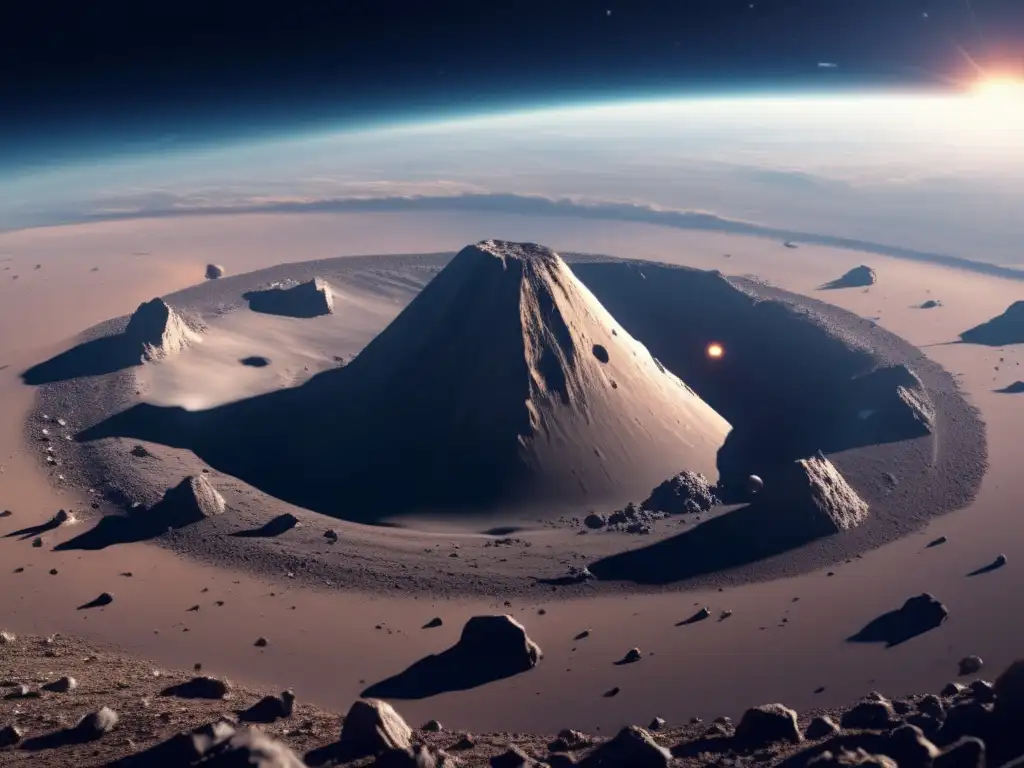
What Is It?
The kinetic energy method is one of the most commonly used methods for measuring the impact of an asteroid collision. It calculates the energy released by the asteroid upon impact, which is proportional to the size and velocity of the asteroid. The equation for kinetic energy is:
K = 0.5mv2
where K is kinetic energy, m is mass, and v is velocity. When applied to asteroid collisions, the equation is modified to:
K = 0.5mvimpact2
where m is the mass of the asteroid, and vimpact is the velocity at which the asteroid impacts the Earth.
Why Is It Useful?
The kinetic energy method is useful because it allows scientists to precisely calculate the energy released by an asteroid upon impact, which provides a measure of its destructive potential. This information is essential in predicting the extent of damage that an asteroid impact will cause and developing appropriate countermeasures.
Limitations
One limitation of the kinetic energy method is that it assumes that all of the asteroid's kinetic energy is converted into shock waves upon impact. However, some of the energy can be lost to other processes, such as atmospheric friction or fragmentation during entry. Additionally, the method does not account for the angle at which the asteroid impacts or the composition of the target.
The Crater Size Method
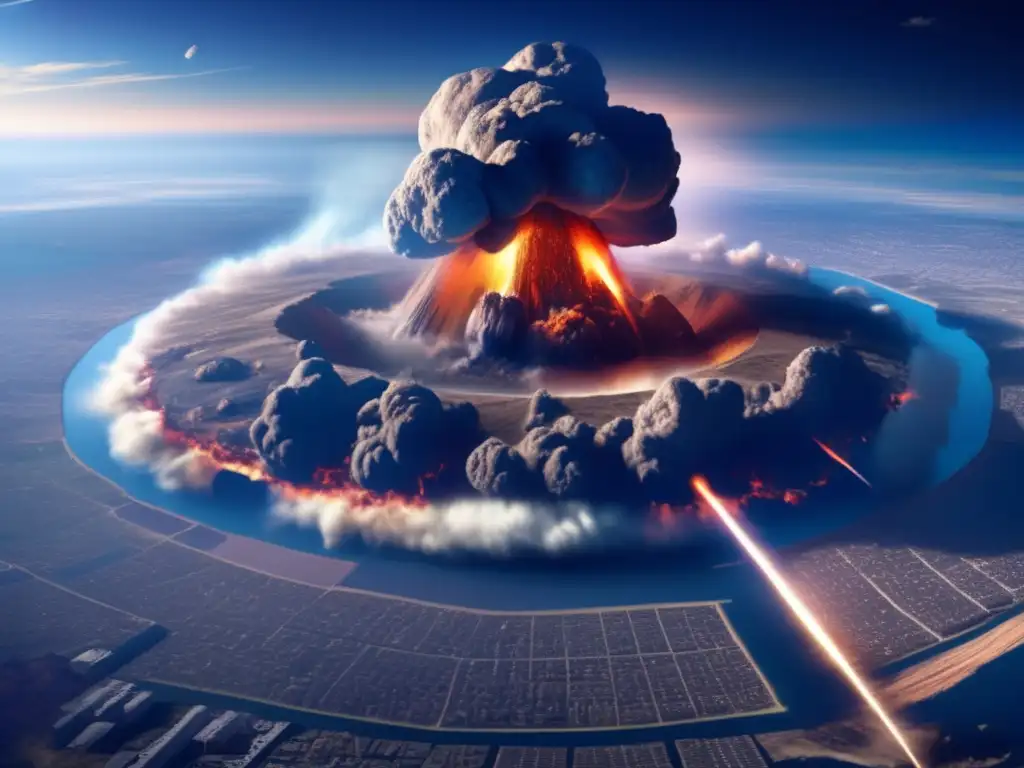
What Is It?
The crater size method estimates the energy release of an asteroid impact through the size of the resulting crater. The equation used is:
K = CsD3
where K is kinetic energy, Cs is a scaling factor, and D is the diameter of the resulting crater. The value of Cs depends on the properties of the target material, such as its strength and density.
Why Is It Useful?
The crater size method is useful because it allows scientists to estimate the energy released by an asteroid impact based on the size of the resulting crater. This method can be used to make rough estimates of the size and velocity of the asteroid, as well as the amount of damage it would cause.
Limitations
The crater size method assumes that the target material is homogeneous and isotropic, which is not always the case in reality. Additionally, the method does not account for the angle at which the asteroid impacts or whether the target is covered in water or ice, which can significantly affect the size and shape of the resulting crater.
The Airburst Method

What Is It?
The airburst method measures the energy release of an asteroid impact by detecting the atmospheric shockwave generated by the asteroid's explosion. The energy released by the explosion can be calculated using the following equation:
E = 0.5ρairV2A
where E is energy, ρair is the density of the atmosphere, V is the velocity of the shockwave, and A is the area of the shockwave.
Why Is It Useful?
The airburst method is useful because it allows scientists to measure the energy release of smaller asteroids that are unlikely to create craters or cause significant damage. This method also provides information about the altitude at which the asteroid exploded, which can help to identify the asteroid's composition.
Limitations
One limitation of the airburst method is that it assumes that all of the asteroid's energy is released as an explosion in the atmosphere, which is not always the case. In some cases, the asteroid may pass through the atmosphere without exploding or may explode upon impact with the ground, releasing energy differently.
The Tunguska Event

What Was It?
The Tunguska event was a massive explosion that occurred over the remote Siberian region of Tunguska on June 30, 1908. The explosion was caused by the impact of a small asteroid or comet, estimated to be between 60 and 190 meters in diameter, with a kinetic energy of 5-15 megatons of TNT. The event created a shockwave that leveled trees over an area of 2,150 square kilometers and was heard over a distance of 1,000 kilometers.
Measuring the Event
The Tunguska event was not measured directly, as it occurred prior to the development of modern measuring technologies. However, scientists have estimated the magnitude of the explosion using the airburst method and other indirect methods. The Tunguska event remains one of the most significant asteroid impacts in recorded history.
FAQs
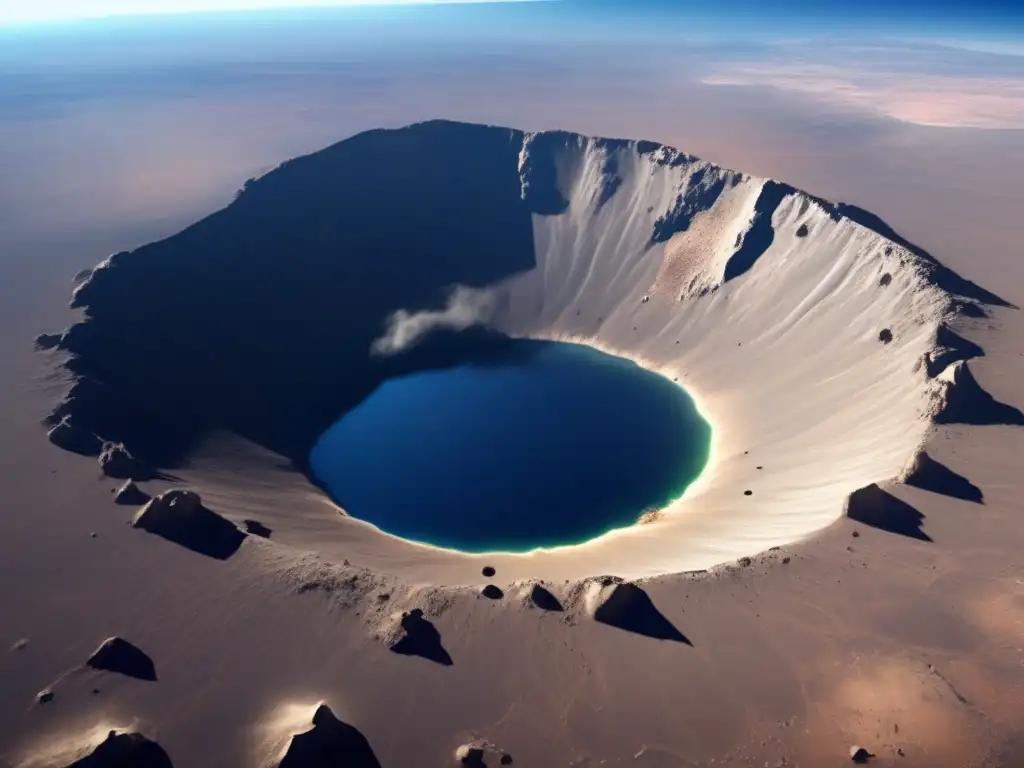
-
How do scientists predict asteroid impacts?
Scientists use various methods, including telescopic observations, radar detection, and computer simulations, to predict potential asteroid impacts. They also monitor the orbits of known asteroids and comets to detect any potential collisions.
-
Can an asteroid impact be prevented?
Several methods have been proposed for preventing asteroid impacts, including deflection missions, nuclear detonations, and gravity tractor missions. However, none of these methods has been tested in practice.
-
What is the most significant asteroid impact in recorded history?
The most significant asteroid impact in recorded history is believed to be the Chicxulub impact that occurred approximately 66 million years ago, which is thought to have led to the extinction of the dinosaurs.
-
How can I learn more about asteroids?
Visit the NASA website or other reputable sources for more information on asteroids and their impact on Earth.
-
Is there a risk of an asteroid impact in the near future?
While the risk of an asteroid impact is low, it cannot be entirely ruled out. However, scientists are working to improve detection and mitigation strategies to minimize the potential impact of any future asteroid collisions.
Conclusion
Quantifying the impact of asteroid collisions is essential to understanding their destructive potential and developing appropriate countermeasures. Scientists have developed several methods, including the kinetic energy method, the crater size method, and the airburst method, to measure the energy release of asteroid impacts. While each method has its limitations, they provide valuable insights into the nature of asteroid impacts and their effects on the Earth.
We encourage readers to learn more about asteroids and their impact on our planet and to participate positively with www.asteroidrealm.com by sharing the article and subscribing to the website.
Additional Resources
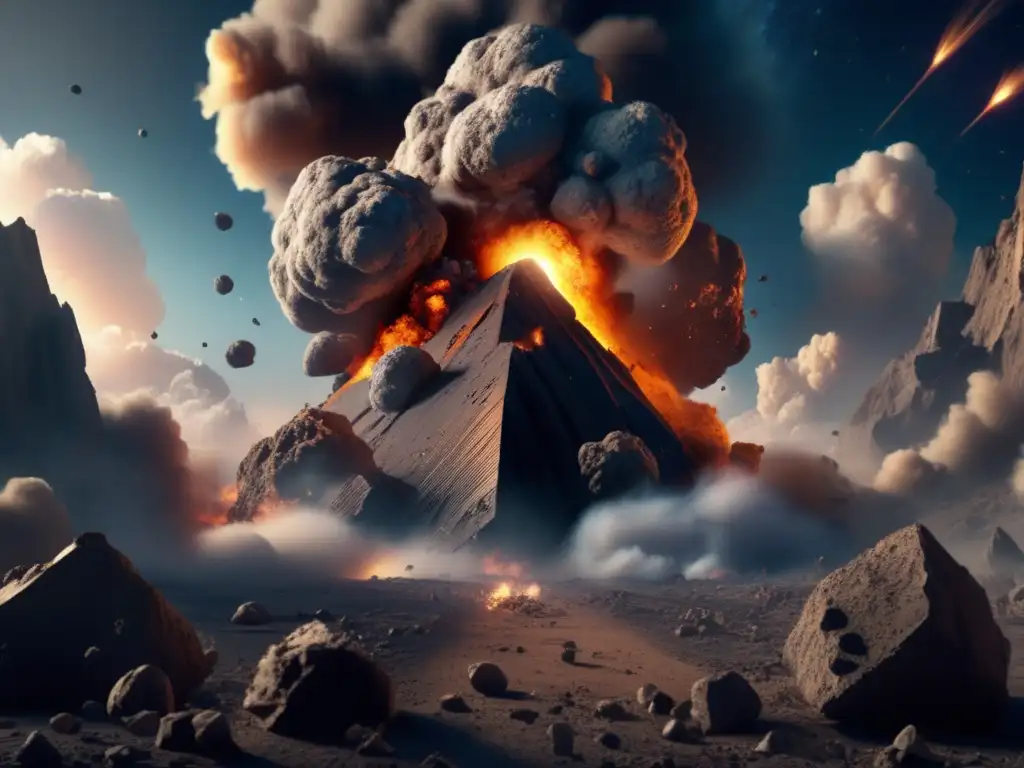
For further reading, please check out the following resources:
- NASA Asteroid Watch: https://www.nasa.gov/planetarydefense/overview
- Asteroid Impact Map: https://www.purdue.edu/impactearth/
- Planetary Society: https://www.planetary.org
 In The Wake Of Destruction: Post-Impact Ecosystems
In The Wake Of Destruction: Post-Impact Ecosystems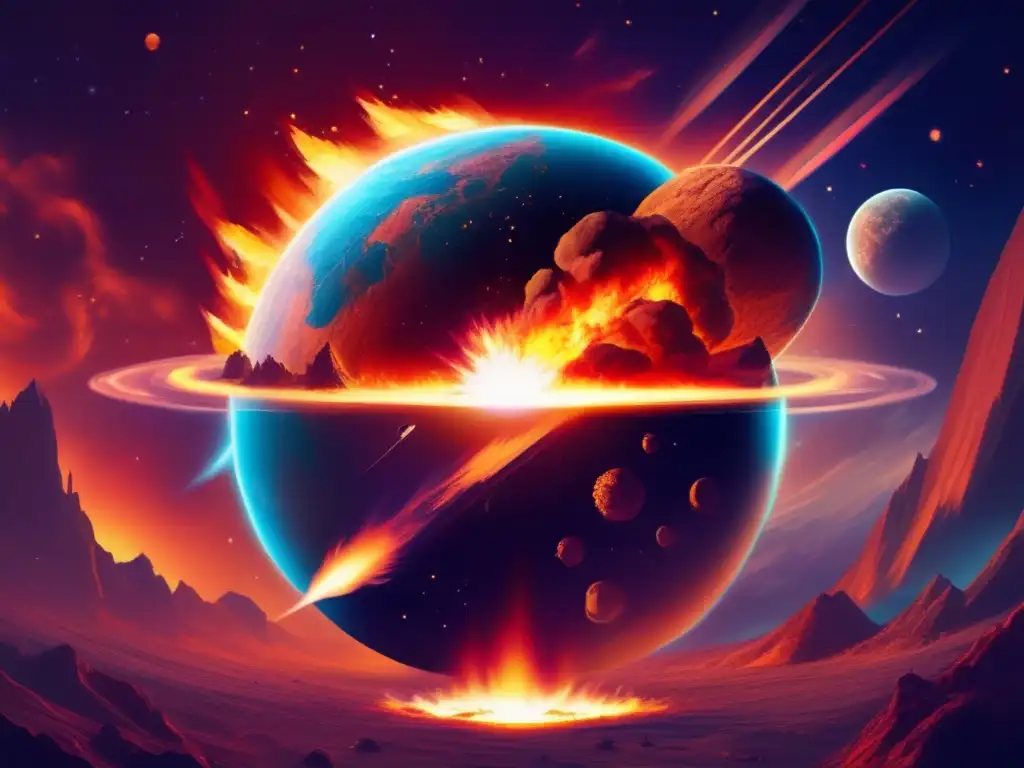 Nuclear Winter: How Asteroid Impacts Can Affect Climate
Nuclear Winter: How Asteroid Impacts Can Affect Climate Fire And Ice: The Dual Threat Of Asteroid Impacts
Fire And Ice: The Dual Threat Of Asteroid ImpactsIf you want to discover more articles similar to Quantifying The Impact: How Scientists Measure Asteroid Collisions, you can visit the Asteroid Impacts category.
Leave a Reply

Articulos relacionados: